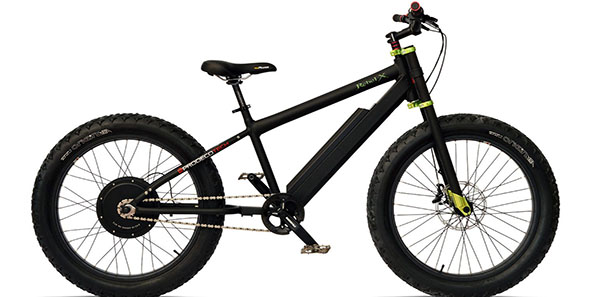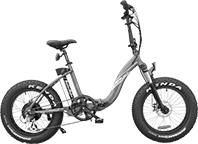The charging depth of battery has a great influence on the cycle life, which is due to the low binding fastness of the positive electrode active substance pb02, which is converted into pbs04 during discharge and then converted into pb02 when charging. The volume of pb02 is much larger than that of pbs04 (the volume ratio is about 2: 1).
Therefore, for the positive plate, the active material will expand and shrink repeatedly, and the connection between the particles will gradually fall off, which will make the battery lose its discharge characteristics and become “anode mud”, which will make the battery of Chinese electric bike kit performance decline until the end of its life.
The deeper the discharge depth, the greater the expansion and shrinkage, the greater the damage to the binding force of the active material, and the shorter the life, the longer the cycle life. In theory, the battery should avoid deep discharge, and should be used in shallow discharge charge, only if there is a special match between the charger and the battery.
However, in practical use, the charger voltage is relatively high and there is more or less overcharge due to the performance of the charger, the dispersion of the battery itself, charging habits and charging speed.
Long overcharge time, plus frequent charging, will make battery life is greatly affected by charging. The most ideal charging requirements are based on the actual situation. The frequency of charging should be determined with reference to the usual operating frequency, mileage, the instructions provided by the battery factory, and the performance of the matching charger.
According to the situation of most users, the battery charging with the discharge depth of 50%-70% is the best, which can make the battery life achieve the best effect. It can be converted into cycling mileage when used and charged once if needed.


